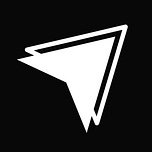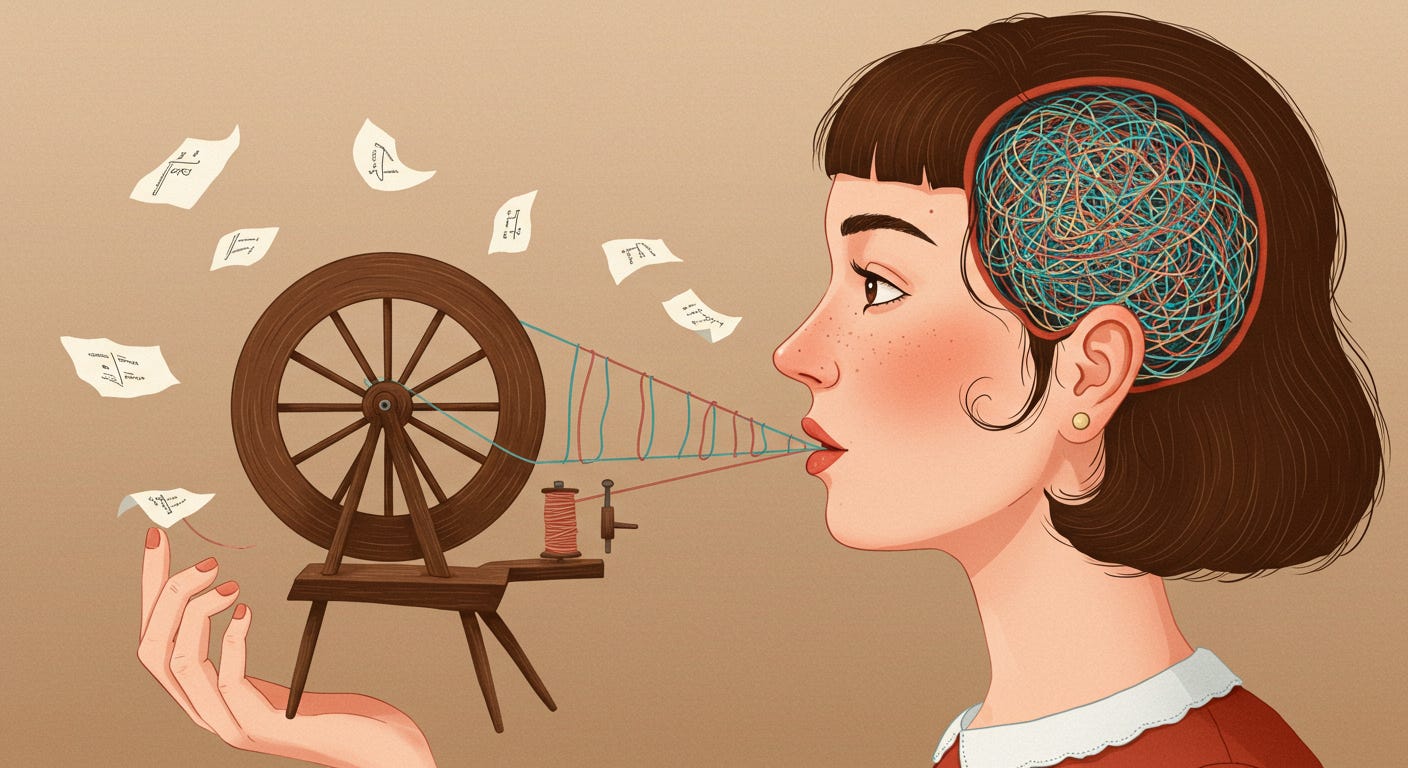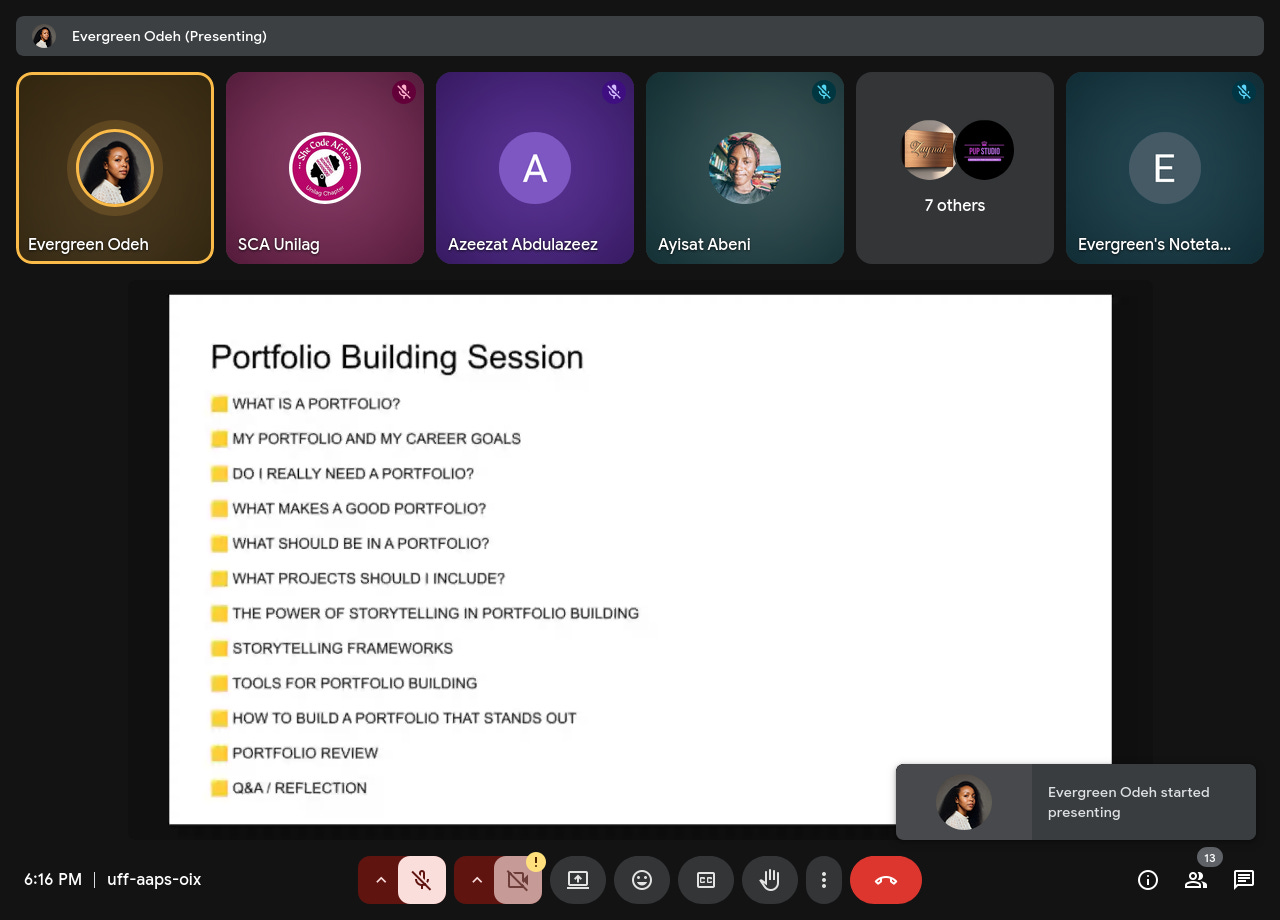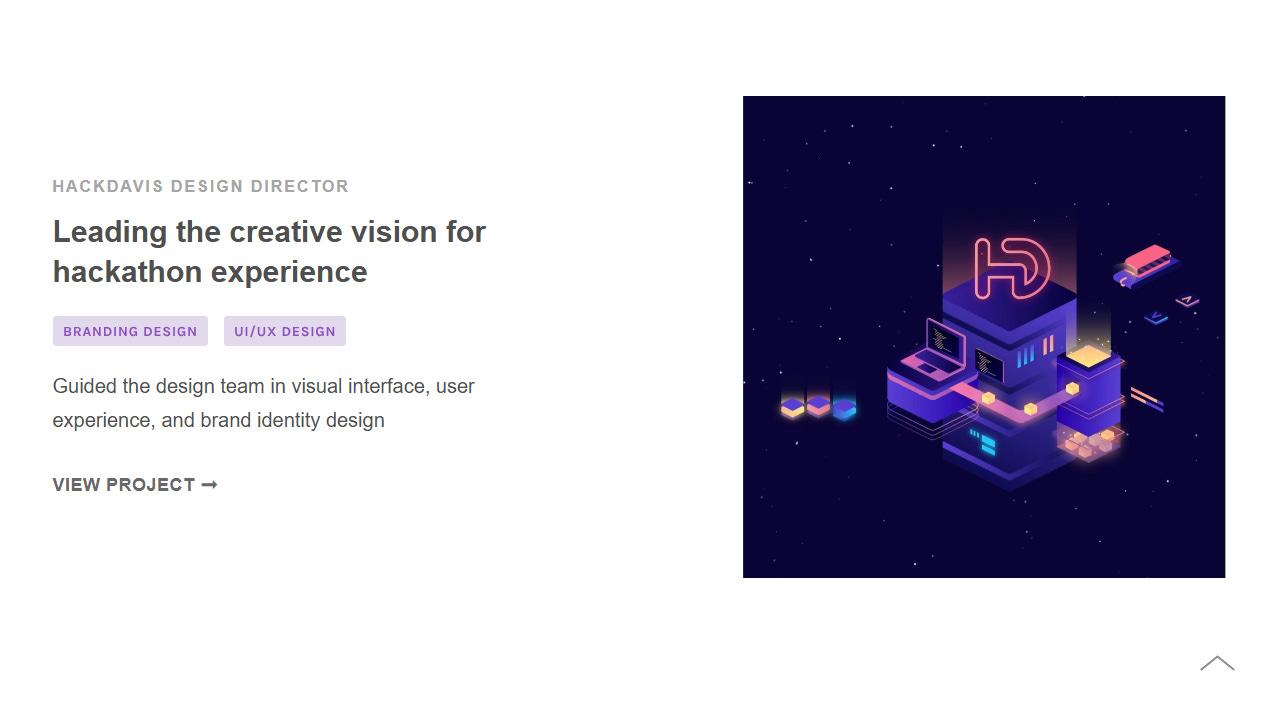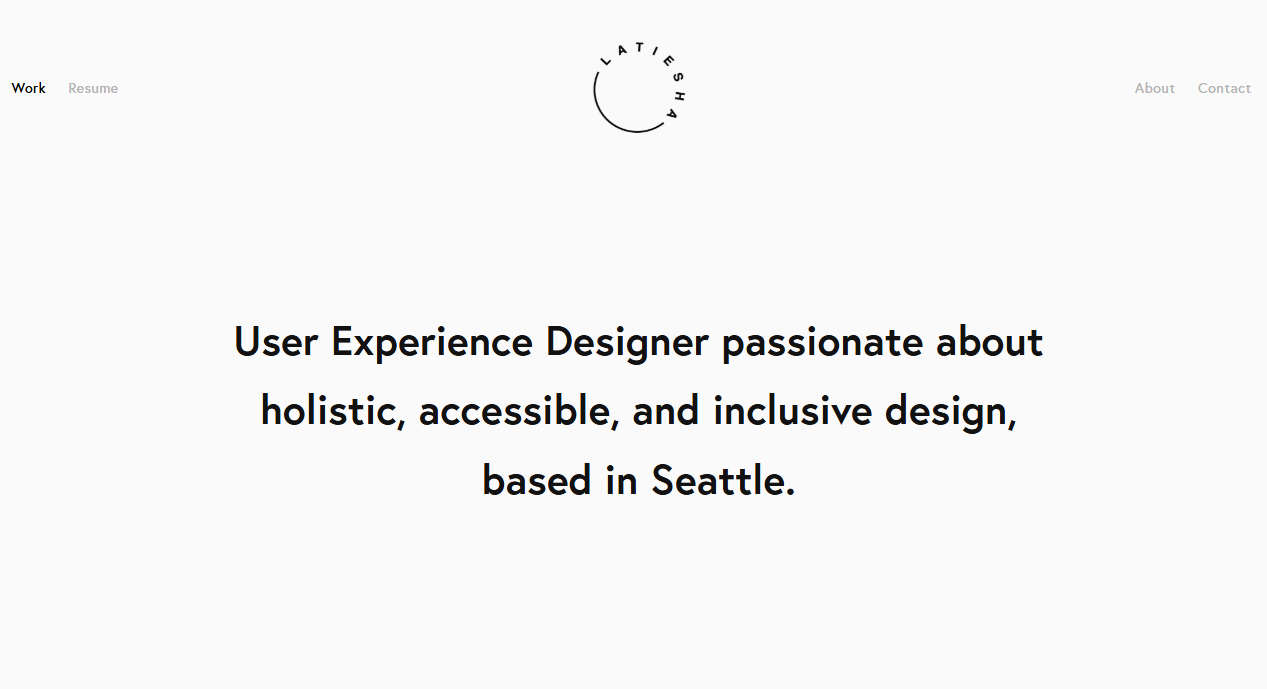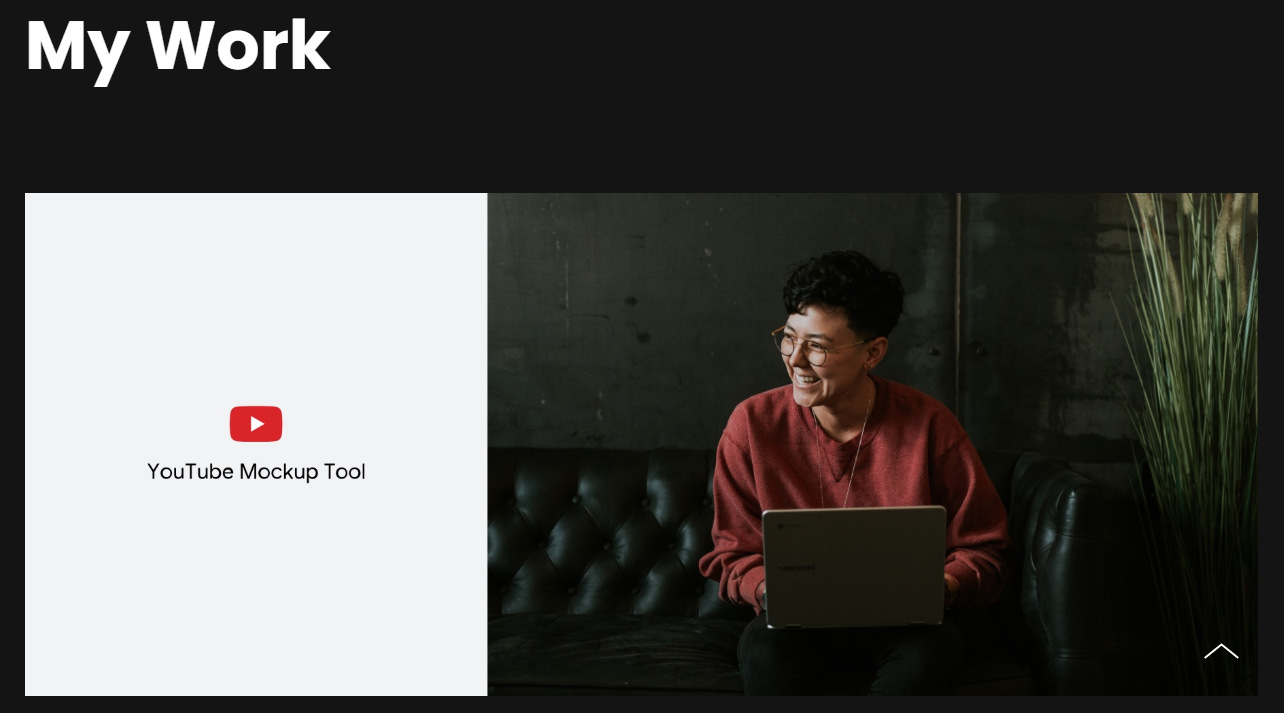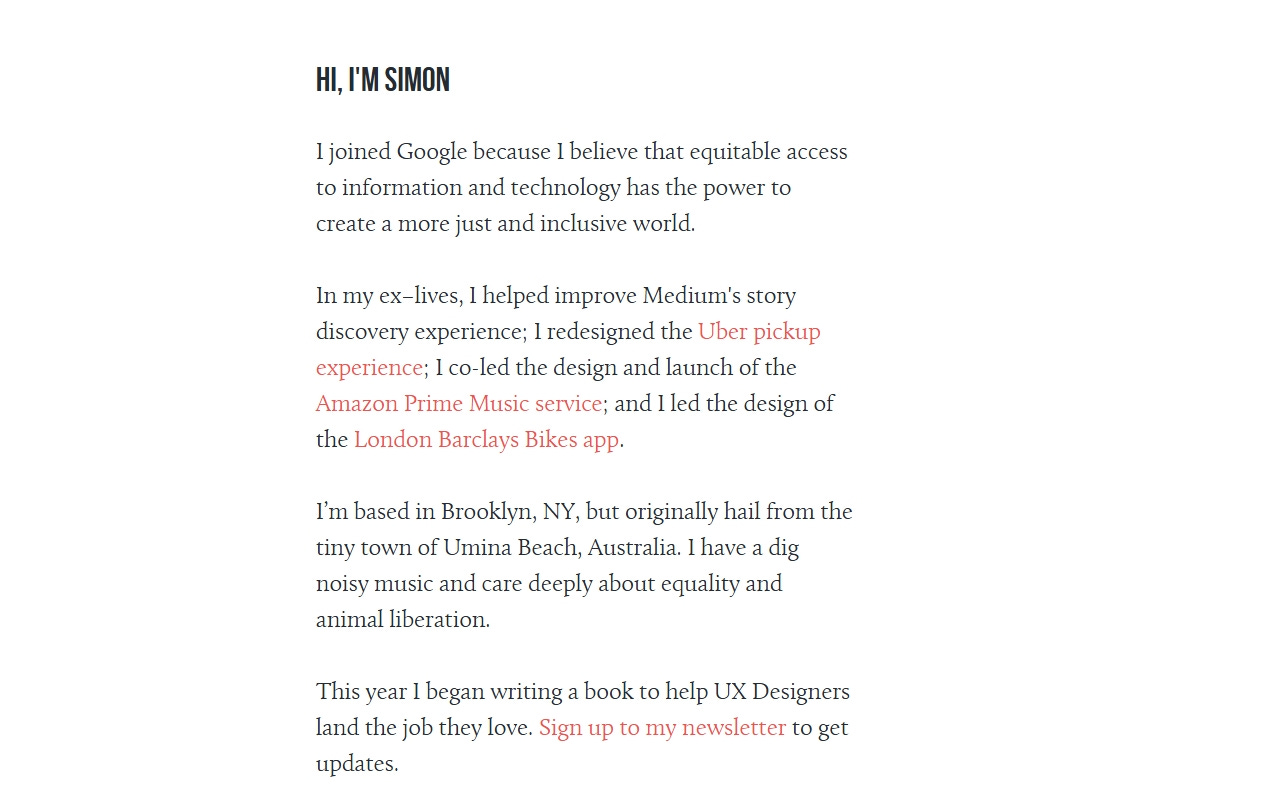If you’re in the tech space at all, then the word portfolio shouldn’t be anything new. If you’re a designer, then it’s a must-have. And at some point, you’ve probably felt the pressure to already have one or at least be building it.
For some weeks now, I’ve been working on my portfolio. This would be the fourth one I’ve worked on in my design career. I remember building my first portfolio on Notion, then designing my dream portfolio on Figma (which never saw the light of day, by the way), and eventually whipping up an emergency portfolio in a few hours. That last one was supposed to serve an immediate purpose, but it ended up becoming my only portfolio for a long time.
Since I decided to move my portfolio from Behance and host it on an actual site, I have researched and explored everything there is to know about portfolio building. The strategies, the tricks, the tips, and every edge I could find to make my portfolio "stand out." While that was fun, it got to a point where I was on information overload.
Let me tell you a secret. Aside from my passion for sharing knowledge, another reason I enjoy teaching and writing so much is because they help me unravel and offload my thoughts.
Think of it like a tangled mass of wool in the brain, with my mouth acting as a spinning wheel and unravelling the threads one turn at a time.
The more knowledge we have, the more knowledge we hope to gain, and so with all the knowledge I’d gathered from research for my portfolio, I really needed a place to pour out some to make room for more.
That’s why, when She Code Africa Unilag reached out to me to facilitate a portfolio-building session during their weeklong technical workshop, I said yes immediately.
In the process of revamping my new portfolio, I received feedback from mentors and gained even more insights into what recruiters are really looking for. One thing I stressed during the session was designing your portfolio such that it has a long shelf life. Not everyone finds building portfolios interesting, and if you’ve struggled with building your portfolio and it seeming like a chore every time, you’re not the only one. In fact, the majority of designers feel the same way.
That session helped me organize my thoughts and led to this article you’re reading now.
What is a portfolio, really?
You might think you know, but what if I asked you what a portfolio isn’t? Suddenly things get less clear.
Your portfolio is not Behance. It’s not Dribbble. It’s not just a gallery or museum of pretty pictures. These platforms are beginning to feel like digital art exhibitions anyway, and your portfolio should be anything but static.
Your portfolio is more than just a showcase.
It’s your story. It’s a breathing, living document of your story.
Who are you? What can you do?
Your portfolio is not a dumping ground.
Don’t ever make the mistake of thinking it’s a dumping ground for all your projects. I know it might be tempting to have every amazing project you’ve done out there for the world to see, but maybe we can reserve the digital museums for that.
Think of it as your digital handshake to the world. Your first impression in a world where people will Google you before they meet you, or should I say, ChatGPT you before they see you. It’s your chance to define your narrative. To put your best foot forward, and only your best foot, in this world saturated with billions of digital footprints.
Do you really need a portfolio?
Heck yeah. Definitely. You have no hope without it in tech. Resumes are losing weight every day. Designers rarely get hired by resume alone. Recruiters, collaborators, and clients want proof.
You want a space within your control where you can show who you are, how you think, and convince whoever about how good you are. The end justifies the means, but in this case, people want to see your means. They want to see your doings, and they want to be convinced. If you can’t convince them, people leave disappointed and without you having made an impression. That’s what happens every time you submit a link to a portfolio that does not back up or reinforce your results or impact described in your resume.
You know that anyone can cook up anything in a resume; your clients know this too.
Where your portfolio lives matters more than you think.
That said, don’t let the hosting stress you out. You can build your portfolio on:
Notion
Canva sites
Carrd
Wix
Framer
Webflow
GitHub Pages.
Don’t be fazed by the act or process of building a portfolio.
I listed them in increasing order of complexity. You can debate that order if you like, but the point is, start by using the more simple ones and improvise with whatever flexibility you find.
Now you can even prompt one to life using AI tools like Replit, v0, Lovable, Cursor, or a few others.
Please refrain from using Behance and other so-called designer marketplaces as your primary portfolios. You can have them for a wider reach but have something personal that shows your touch. Something recruiters are more than willing to see.
Fun fact: I’ve had people hire me because they thought my portfolio looked good. I do not know how many read my case studies, but they all fed their eyes with the visuals, and that alone convinced them I was worth their money.
Most people know more than you know.
Ever heard a non-designer talk about “user experience”, usability, or intuitiveness? Yes? Well, know it’s not only other products people gauge that way. They’re also looking out for a good user experience in your portfolio.
Treat your portfolio as you would a digital product.
Because it is.
Your users are hiring managers, senior professionals, employers, business people, visionaries, or just someone looking for the right person to bring their ideas to life. It’s always best to do your research.
Your Portfolio and Your Career Goals
One mistake I see people making is not putting enough thought into creating their portfolios.
Before you start building, ask yourself:
Where do I want to be in the next 1 to 3 years?
Your portfolio should reflect that direction.
If you want to work in AI, fintech, or social impact, your projects should point in that direction.
If you want to be seen as a generalist or a specialist, that should be clear in how you present your work.
You don’t want to wake up one morning in the future, revisit your portfolio, and wonder how you ever thought you were going to be hired for a particular role in a particular field with your present portfolio.
Don’t wait for the future. Do that now.
What Makes a Good Portfolio?
If there’s anything good portfolios share in common, it’s clarity, context, focus, direction, and storytelling. You might have one to add to the list; please add it in the comments so others can benefit.
Clarity over complexity
Even though you’d most likely use AI for most of the copy, for your own sake, try to sound like you, even if it means writing it yourself for a change. Your reasoning is what adds personality to your portfolio, and letting your reasoning shine through will set you apart. We’re all unique in how we think and process things.
Context over Clutter
It’s not by throwing so many visuals into your portfolio. Yeah, yeah, show, don’t tell, but better still, show and tell. Give context. Provide a backstory. That’s how case studies began. Not just what you did, but why and how you did it. Else you’d have something like a visual resume still lacking the credibility so many employers are looking for.
Quality over Quantity
Be intentional about what you include. You don’t need many projects on your portfolio. You just need the right ones.
Show your direction
Still on career goals. Your portfolio should reflect where you’re going, not just where you’ve been. It should be future-facing. Do you see yourself working in a certain sector at a certain level? Let your portfolio lead your viewers there.
Honest Storytelling
This is the secret sauce of portfolios and where all the magic happens. A good portfolio weaves a narrative. The process, choices, and impact.
The importance of the impact cannot be overemphasised.
What should you include in your portfolio?
At a minimum, your portfolio should include
Your name and role (with a little personality)
e.g. “Product Designer with a love for clarity and people”
Selected Projects and Case Studies (quality over quantity)
An about section that tells your story
Contact or CTA (Let people know how to reach you)
Optionally, you can add your tools, resume, testimonials, blogs, and side projects, if they align with your goals.
But… what if I’m not ready yet?
You can never be ready, and so you’ve never been more ready.
Even while preparing to teach this session on Thursday, my own portfolio wasn’t live, and while writing this article, it still wasn’t live. But will that stop me from sharing what I have? No, if anything, it’s given me an honest lens into what exactly it means to build while learning.
Your portfolio is not a project. It’s a reflection.
Build it like you’re building clarity about yourself, not just a case for hiring.
And if you’re struggling to start, start small:
Add one project.
Write one sentence.
Tell one story.
You’ll grow into it.
Your portfolio is never really finished. It grows with you.
If you found this helpful, I attached the recording of the original session to this article. If you’re reading this through LinkedIn, you can access it here.
You’re reading this because you subscribed to The Designers Edge. If you’re not yet a subscriber, join here.
I’m building this into a thoughtful space for designers and founders who want to create with confidence, clarity, and purpose. I’d love to have you on the journey.
Thanks again to the women who attended and to She Code Africa Unilag for creating this space.
You reminded me that growth often starts when we share, show up, and build in public.
Let’s keep building.
Let’s keep showing our work.

